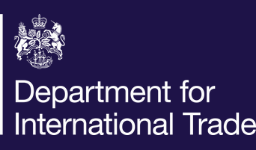Generalised Scheme of Preferences (GSP) - UK’s Developing Countries Trading Scheme (DCTS)
(Please click here to download the summary document)
In early 2023, the UK’s Developing Countries Trading Scheme (DCTS) will replace the UK’s current Generalised Scheme of Preferences (GSP). The DCTS aims to support sustainable growth in developing countries through a more generous unilateral offer.
This has led to provisions in the DCTS which:
• reduce tariffs
• liberalise rules of origin requirements
• simplify the conditions attached to the scheme
This includes:
• 47 countries in the GSP Least Developed Country (LDC) Framework
• 18 additional countries or territories classified by the World Bank as low income (LIC) and lower middle-income (LMIC)
For policy detail on the new Developing Countries Trading Scheme: https://www.gov.uk/government/publications/developing-countries-trading-scheme-dcts-new-policy-report
For information on the current UK trade preferences scheme, including tariff rates and rules of origin that will largely be carried over into the new scheme: that will largely be carried over into the new scheme: https://www.gov.uk/government/publications/trading-with-developing-nations
DEVELOPING COUNTRIES TRADING SCHEME: FREQUENTLY ASKED QUESTIONS
What changes are being made to the UK’s preferential trading arrangements for developing countries?
The DCTS replaces the UK Generalised Scheme of Preferences with a simpler, more generous set of trading arrangements for 65 developing countries. The DCTS simplifies rules of origin for Least Developed Countries (LDCs), reduces tariffs further, removes nuisance and some seasonal tariffs, revises how goods graduate out of the scheme and simplifies the requirements to access more generous tariffs.
When will the new scheme be implemented?
The DCTS is intended to come into force in early 2023.
Which countries will benefit from the DCTS?
The DCTS applies to countries that currently benefit under the UK’s Generalised Scheme of Preferences (UK GSP), subject to the expiry of relevant transition periods. This includes 47 countries in the Least Developed Country Framework and 18 additional countries or territories classified by the World Bank as low income and lower middle-income countries. It does not apply to countries classified by the World Bank as upper-middle income for three consecutive years, or to low and lower-middle income countries with a free trade agreement with the UK and where the transition period has concluded.
Who was given the opportunity to respond to the DCTS public consultation?
The consultation was open to all. In total, there were 300 responses to the DCTS consultation, including 280 GOV.UK questionnaire responses and 20 email submissions. Submissions were made by individuals, businesses, business associations, NGOs and public sector bodies. The consultation was publicised through national press, stakeholder engagement and social media.
Is the new scheme more generous than the EU’s Generalised Scheme of Preferences?
The DCTS is one of the most generous sets of trading preferences of any country in the world. We have used our status as an independent trading nation to go beyond what we were able to offer when we were in the EU. The DCTS simplifies rules of origin for Least Developed Countries (LDCs), reduces tariffs further, removes nuisance and some seasonal tariffs, revises how goods graduate out of the scheme and simplifies the requirements to access more generous tariffs.
How will UK businesses benefit from the scheme?
The DCTS includes tariff reductions or removals which reduce the import cost of goods from developing countries by over £750m per year, making these goods cheaper for businesses and consumers in the UK. The DCTS cuts red tape for businesses in developing countries, for example by simplifying rules of origin requirements for the least developed nations.
Which countries in the DCTS does the UK import the most from?
The UK imports more than £21bn a year from countries in the scheme. The largest sources of total imports are India, Bangladesh and Uzbekistan. The largest sources of imports eligible for preferential tariff reductions included in the DCTS are Bangladesh, India and Pakistan.
What types of imports benefit the most from the DCTS?
The top products which benefit from the tariff reductions in the DCTS are clothes, footwear, textiles, prepared food and beverages.
How does the DCTS compare to the UK Global Tariff?
The DCTS and UKGT apply two different schedules of tariffs designed for different purposes. The UKGT applies to all goods imported into the UK from 1 January 2021, unless an exception applies. Exceptions may include a preferential arrangement, e.g. a free trade agreement, or a developing country preference under the DCTS. The DCTS removes UKGT tariffs on thousands of goods with the aim of increasing developing country access to UK markets to support global economic growth for the benefit of all.
What is the difference between the frameworks in the DCTS?
The DCTS has three frameworks, similar to the UK Generalised Scheme of Preferences. Countries classified by the UN as Least Developed Countries have access to ‘Comprehensive Preferences’ under the DCTS. This means they get tariff free access to UK markets on all products except arms and ammunition. Low-Income and Lower-Middle Income countries which meet economic vulnerability criteria have access to ‘Enhanced Preferences’ under the DCTS. Low-Income and Lower-Middle Income countries that do not meet economic vulnerability criteria have access to ‘Standard Preferences’ under the DCTS.




